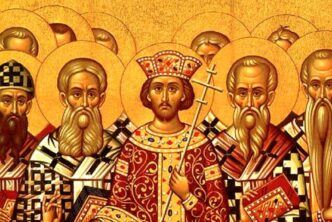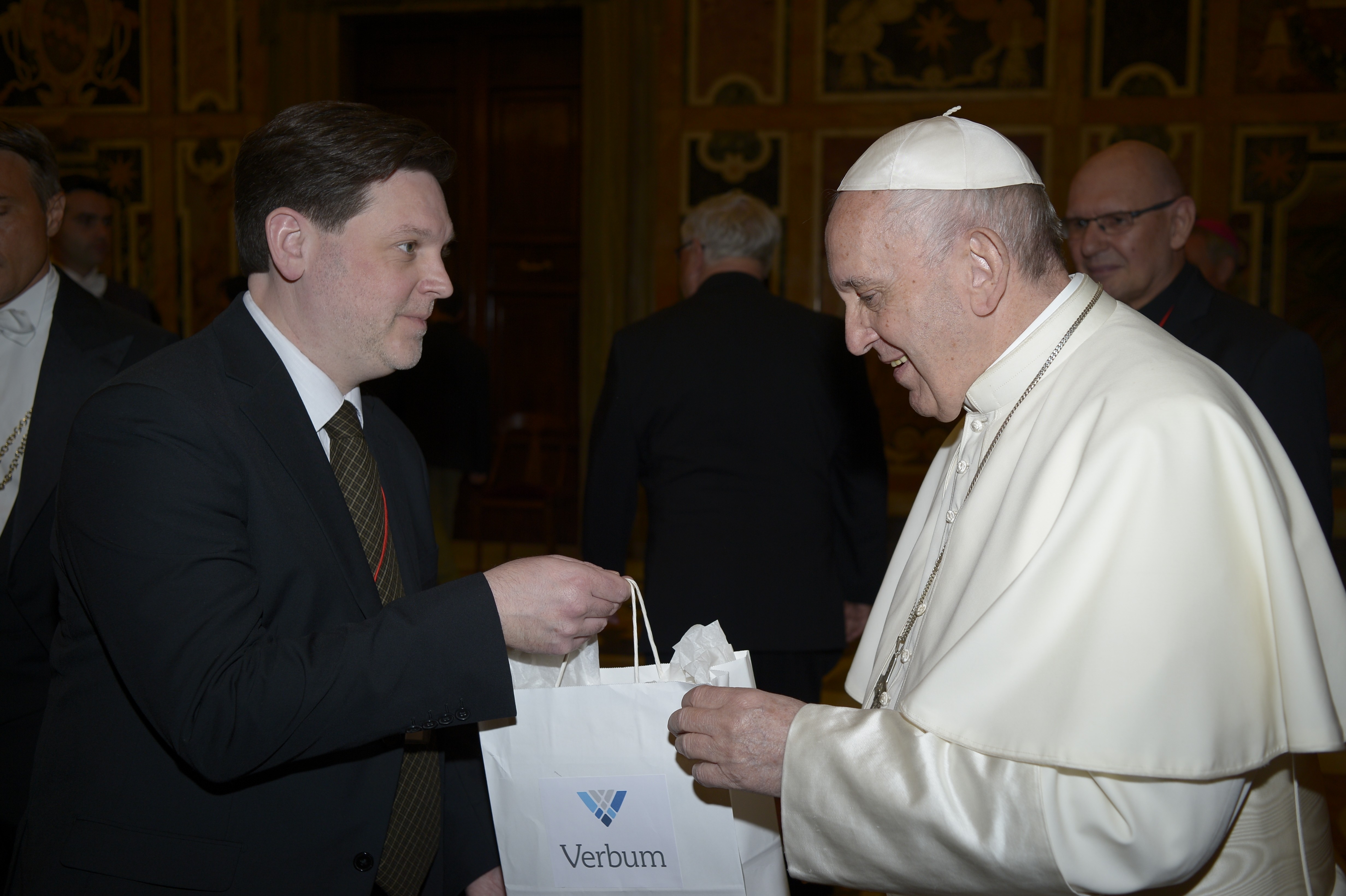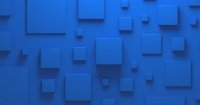
And when the hour came, he sat at table, and the apostles with him. And he said to them, “I have earnestly desired to eat this passover with you before I suffer; for I tell you I shall not eat it until it is fulfilled in the kingdom of God.” And he took a cup, and when he had given thanks he said, “Take this, and divide it among yourselves; for I tell you that from now on I shall not drink of the fruit of the vine until the kingdom of God comes.” And he took bread, and when he had given thanks he broke it and gave it to them, saying, “This is my body which is given for you. Do this in remembrance of me.” And likewise the cup after supper, saying, “This cup which is poured out for you is the new covenant in my blood.” — Luke 22:14–20
This text [Luke 22:16–20] contains the three basic truths of faith having to do with the sublime mystery of the Eucharist: 1) the institution of this sacrament and Jesus Christ’s real presence in it; 2) the institution of the Christian priesthood; and 3) the Eucharist as the Sacrifice of the New Testament or Holy Mass. St Luke’s account is substantially the same as that in the First Gospel, but it is enhanced by his more detailed description of some points.
Regarding the real presence of Christ in this sacrament, Paul VI stated: “In reliance on this belief of the Church, the Council of Trent ‘openly and simply professes that in the bountiful sacrament of the Holy Eucharist, after the consecration of the bread and wine, our Lord and Saviour Jesus Christ, true God and true man, is contained truly, really and substantially under the appearance of the objects that the senses can perceive’ (De SS. Eucharistia, chap. 1). Therefore our Saviour is not only present according to his humanity at the right hand of the Father, after his natural mode of existence, but at the same time he is present in the sacrament of the Eucharist also by that form of existence which is possible to God, though we can hardly express it in words. With thoughts enlightened by faith we can reach it and we must believe it with the greatest constancy” (Mysterium fidei).
In contemplating this ineffable mystery, Christian souls have always perceived its grandeur as deriving from the fact of Christ’s real presence in it. The sacrament of the Eucharist is not only an efficacious sign of Christ’s loving presence in an intimate union with the faithful: in it he is present corporeally and substantially, as God and as man. Certainly, in order to penetrate this mystery one needs to have faith, because “there is no difficulty about Christ being present in the Sacrament as a sign; the real difficulty lies in his being as truly in the Sacrament as he is in heaven; therefore, it is very meritorious to believe this” (St Bonaventure, In IV Sent., d.10, q.1, a.1).
This mystery cannot be perceived by the senses: it can only be grasped by faith in the words of our Saviour who, being truth itself (cf. Jn 14:6), cannot deceive or be deceived: thus, in a hymn which is traditionally attributed to St Thomas Aquinas, the Adoro te devote, the Christian people sing: “Seeing, touching, tasting are in thee deceived; how says trusty hearing? that shall be believed; what God’s Son has told me, take for truth I do; Truth himself speaks truly or there’s nothing true” (translated by G.M. Hopkins).
“If no one is to misunderstand this mode of presence, which oversteps the laws of nature and constitutes the greatest miracle of all in its kind, our minds must be docile and we must follow the voice of the Church through her teaching and prayer. This voice continually re-echoes the voice of Christ. It informs us that Christ becomes present in this sacrament precisely by a change of the bread’s whole substance into his body and the wine’s whole substance into his blood. This is clearly remarkable, a singular change, and the Catholic Church gives it the suitable and accurate name of transubstantiation” (Paul VI, Mysterium fidei).
After instituting the Eucharist, our Lord instructs the apostles to perpetuate what he has done: the Church has always taken Christ’s words “Do this in remembrance of me” to mean that he thereby made the apostles and their successors priests of the New Covenant who would renew the Sacrifice of Calvary in an unbloody manner in the celebration of Holy Mass.
This means that at the centre of Christ’s entire activity stands the bloody Sacrifice he offered on the cross—the Sacrifice of the New Covenant, prefigured in the sacrifices of the Old Law, in the offerings made by Abel (Gen 4:4), by Abraham (Gen 15:10; 22:13), by Melchizedek (Gen 14:18–20; Heb 7:1–28). The Last Supper is the very Sacrifice of Calvary performed in advance of the event through the words of the Consecration. Similarly the Mass renews this sacrifice which was offered once for all on the altar of the cross. Christ alone is the victim and the priest at Supper, Calvary and Mass; the only thing that varies is the way he is offered.
“We believe that the Mass which is celebrated by the priest in the person of Christ in virtue of the power he receives in the sacrament of Order, and which is offered by him in the name of Christ and of the members of his Mystical Body, is indeed the Sacrifice of Calvary sacramentally realized on our altars” (Paul VI, Creed of the People of God, 24).
***
This excerpt is taken from The Navarre Bible: Saint Luke’s Gospel. This month only, get the entire book free on Verbum, and save on other Easter related works.





